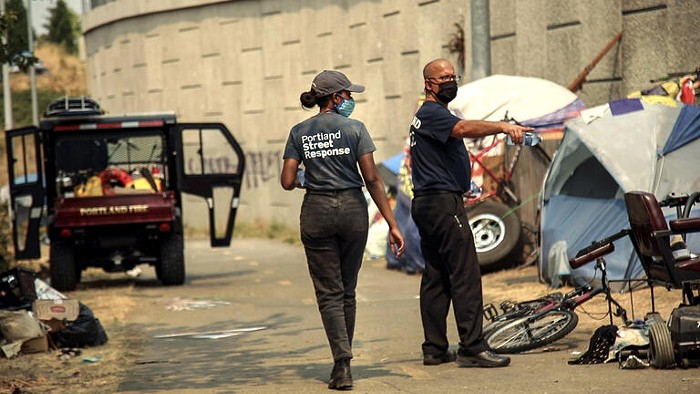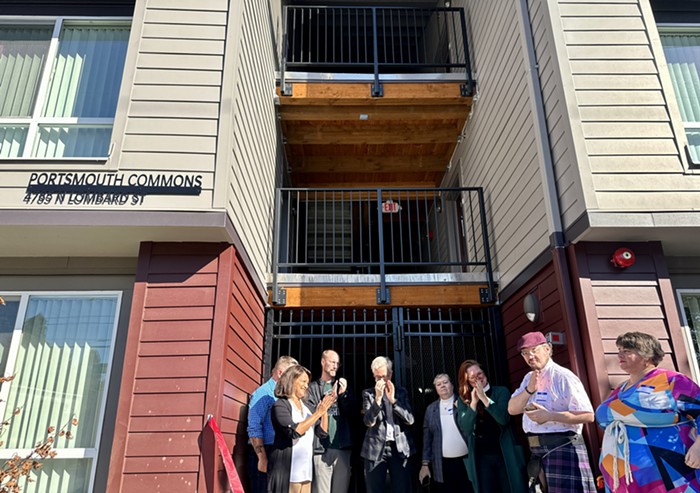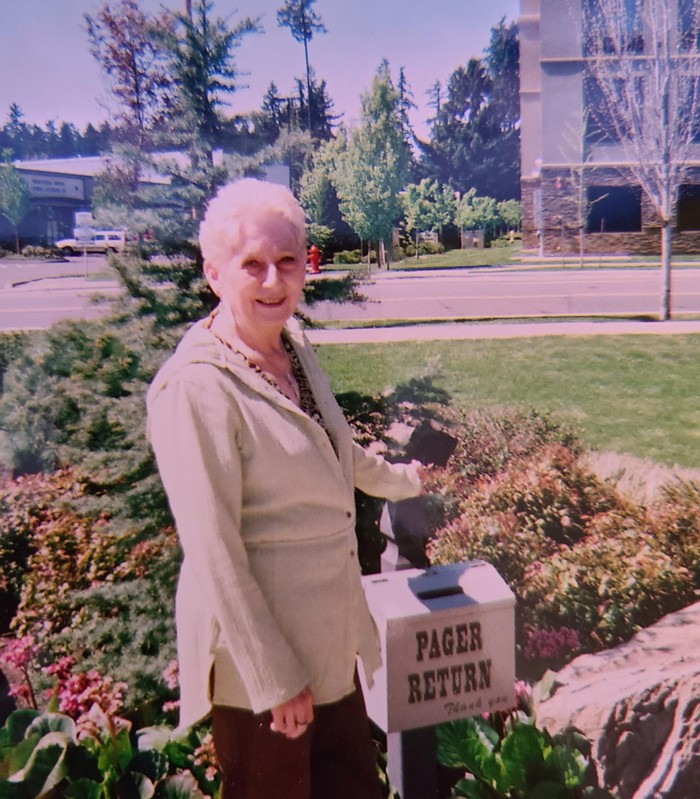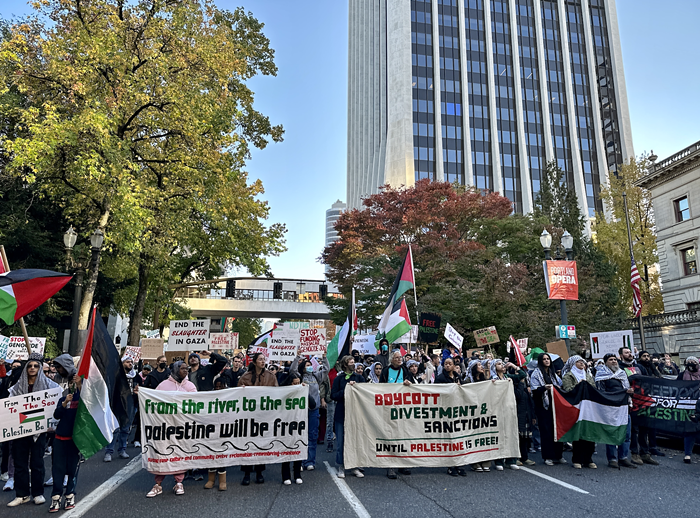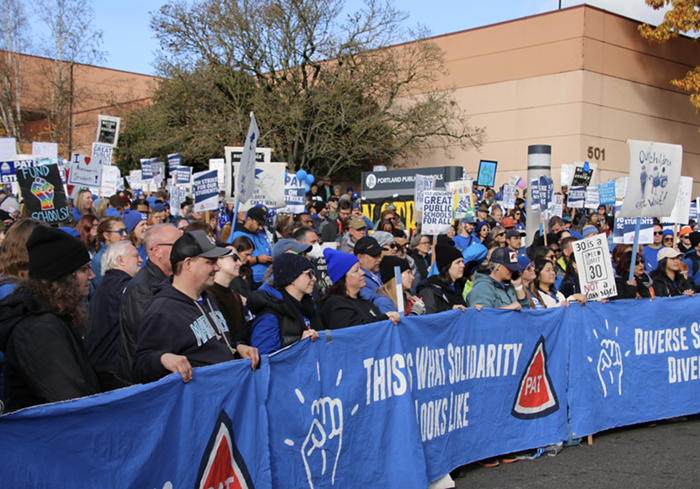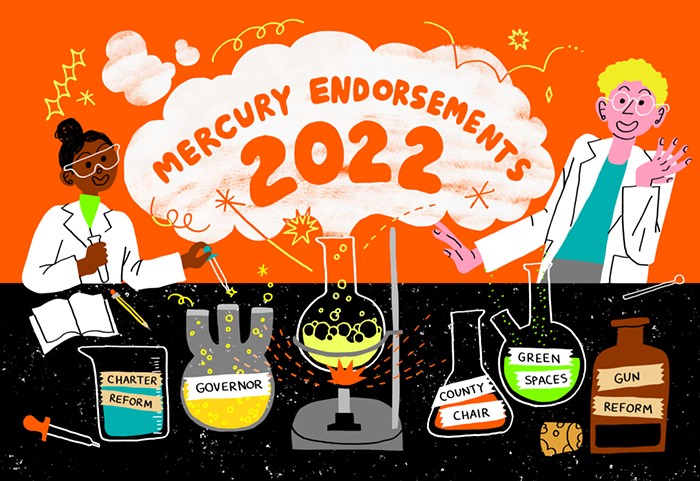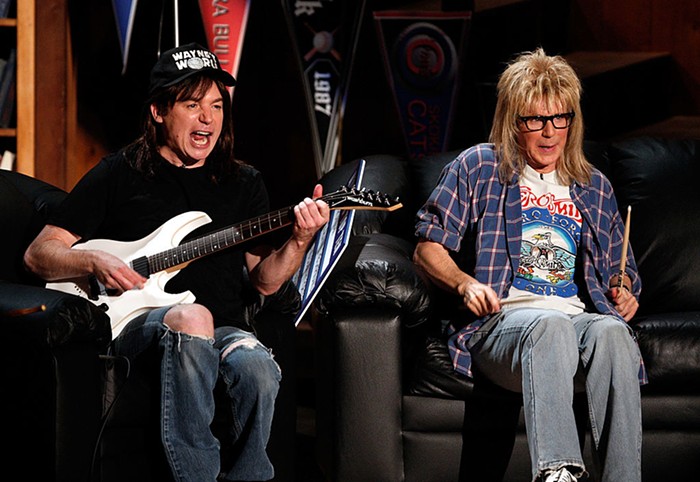Clearly the most contentious voter initiative on this year's ballot, Measure 36 sought to change the state constitution to allow marriages only between "one man and one woman." In previous elections, gay and lesbian groups have beaten back attempts by conservatives to curb civil rights. This time around, they lost by a fairly wide margin. Although the passage of Measure 36 is not the final word on same-sex marriages--a pending lawsuit is currently working its way toward the Oregon Supreme Court--it does signify a major setback.
Measure 36's victory is particularly disturbing because it signals a new era for anti-gay and morally conservative politics. Many of the previous efforts were headed by Lon Mabon--the oft-maligned head of the defunct Oregon Citizens Alliance. Although the OCA nearly passed two separate ballot measure Nines, Mabon would often end up hurting his own cause. He faced lawsuits, battled bankruptcy, and even supporters doubted his ability to lead. (Measure Nine in 1992 and again in 2000 essentially hoped to ban "homosexuality" from public schools.)
But this time around, the anti-gay initiative was steered by a new organization--the Defense of Marriage Coalition (DOMC), and the steady hand of Tim Nashif, a successful entrepreneur and, notably, county chairman of the Republican Party. The DOMC surprised nearly everyone by gathering 240,000-plus signatures in four months--a new record--to place the matter on November's ballot.
In a short period of time, Nashif built a far-reaching and tenacious political machine. By piggybacking on churches, Nashif was able to quickly access communities. Moreover, Nashif surrounded himself with politically savvy pastors, like Dennis Tuuri, who founded the Parents Education Association PAC, which lobbies for broader governmental support for home-schooling and Christian schools. For a mouthpiece, DOMC turned to Georgene Rice, a right-wing Christian radio host, who is as effective being on the defense as she is capable of hammering home the group's message in public forums.
One of DOMC's wisest political decisions was to avoid becoming greedy, at least not in the language of the amendment. Of the 11 states voting on marriage amendments this year, eight have what are known as "Super DOMAs"--amendments that ban same-sex marriage and civil unions. Nashif admitted that if the DOMC had drafted the measure with such an explicit ban, he would have lost coalition members and, presumably, enough votes to see it defeated.
DOMC also successfully crafted a simple, yet multi-faceted message. Nashif implied they played on the fear that progressive Portland politics interferes too much with state laws.
"(Rural) Oregonians see Portland as a pain the butt," Nashif said, listing other topics like land use issues that are often at odds with central and eastern Oregonians.
DOMC also successfully used the county's decision to hand out marriage licenses against the No on 36 campaign. DOMC ads talked about how decisions were made "behind closed doors." In the course of a brief pre-election interview with the Mercury, Nashif used the word "sneaky" at least four times and characterized his opposition with terms like "secretive." That idea clearly touched a chord with voters.
Nashif also said that No on 36's attempt to leverage issues like adoption rights and hospital visits failed because most people simply did not believe that a "yes" vote would eradicate those privileges. While he admitted that No on 36 was most effective when they focused on the constitutional aspect of the measure, No on 36 de-emphasized that message in the later days of the campaign.
Like most losing sides in an election, the No on 36 campaign says their biggest obstacle was a lack of time and, oddly, money. According to No on 36 spokesperson Rebekah Kassell, the polls showed a rapid shift in their direction over the last couple of months. Given a few more weeks, she said, public opinion would have moved firmly into their corner. Oddly again, she blamed the longstanding vote-by-mail system for effectively knocking three weeks off of the campaign cycle. But the larger issue, she said, is how they were caught off guard by the swiftness with which DOMC was able to gather petitions.
Yet, in spite of what Kassell calls a late start to their campaign and a lack of funds, No on 36 raised nearly $3 million--a sum tripling that of their opponents. The vast majority of that money paid for a series of television and radio ads. Airtime was purchased in the liberal enclaves of Eugene, Bend, and the Metro area, which reaches as far as Salem. The frequency and broadcast times were spotty at first, but increased during the final weeks before the election--after many voters had mailed in their ballots. (By contrast, DOMC ran three separate television ads throughout September, but disappeared from the airwaves as their resources dwindled in early October.)
But what really may have damaged the No on 36 campaign is how they refused to stray from the narrow list of talking points established during the early days of the campaign. In fact, "rigidity of message" became something akin to the campaign's calling card. For example, when the Portland Mercury was planning its "Vote No on 36" issue in October, the campaign lobbied hard for the paper to change its mind, claiming our editorial opinions were going "off message." (The Mercury refused their requests to change our content.) In particular, the No on 36 campaign was disturbed by a poster that showed Jesus frowning and with his thumb down. The banner read: "How would Jesus vote?"
Similarly, when a member of the congregation from First United Methodist Church was selected to present the "no" side in a debate hosted by the church, representatives from the No on 36 campaign complained that he didn't hit the right talking points--despite the fact he tailored his message to an audience with whom he was extremely familiar.
By clinging to such a limited arsenal, No on 36 failed to directly address two of the DOMC's biggest--and arguably most effective--arguments: that same-sex marriage hurts children and that Multnomah County undermined the democratic process by granting marriage licenses to same-sex couples without first holding public hearings. Instead, Kassell says, the campaign opted to stay close to its message, trusting that voters were smart enough to work through the truthfulness of DOMC's claims. A few days before the election, Kassell said she couldn't think of anything the campaign should have done differently, except for drawing a closer link between the DOMC and the OCA.
Gay rights activists will now likely challenge the amendment in court, though Kassell says she is unsure how Basic Rights Oregon and the ACLU will proceed.
Dominic Vetri, a University of Oregon law professor who specializes in civil rights law, said there are a number of ways the amendment can be challenged, including a Federal Equal Protection claim, which would argue that the amendment violates the Equal Protection clause of the U.S. Constitution. Or, he said, it could be argued that the state is still required to provide equal privileges and immunities to gays and lesbians, even if their unions are stripped of the "marriage" name.
Regardless of any future legal maneuverings, gay and lesbian organizations like Basic Rights Oregon are now left to pick up the pieces of the botched No on 36 campaign. To the DOMC's credit, they changed the game, and caught the left with their pants down. On the other hand, they have also taught gay activists some very valuable lessons--and hopefully, after the sting of defeat fades, the civil rights movement may find themselves entering into the next battle a little bit wiser.
